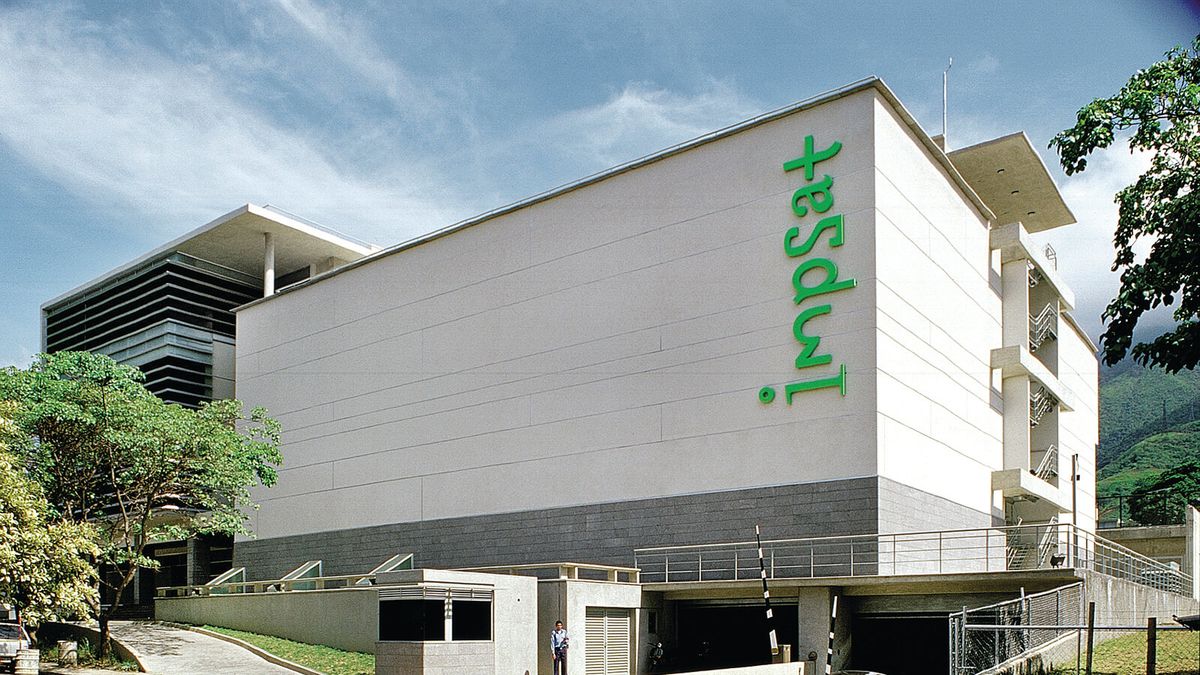Her success led her to be one of the first Argentine multinationals. During the 1990s, it was established in several Latin American countries, including Brazil, Chile, Colombia, Venezuela and Peru. It would also land in the United States.
In the 90s it had a strong presence in countries of Asiawhere it reached a turnover of US$600 million annually.
To sustain this accelerated growth, Pescarmona made million-dollar investments in infrastructure and technology. However, this expansion was the one that generated financial imbalances that affected the company’s plans.
In February 2000 the company achieved a strong support when began trading on the Nasdaqthe technology panel of the New York Stock Exchange. On its first day of trading the share price grew by 70% and the company reached a capitalization of almost US$3,000 million.
By then, his main partner was British Telecom and already had commercial agreements with Global Crossinganother big player in the telecommunications market.
It also became the second Argentine company (the first was Banco Galicia) to enter the Nasdaq and one of the first in the telecommunications sector in the region to achieve that goal.
But throughout that period the company accumulated significant debts, derived both from the investments necessary to maintain its competitiveness and from the economic volatility in the region.
The Argentine economic crisis of 2001 It was a turning point.as it seriously affected many local companies, including ImpSat.
In 2002, already under the name Impsat Fiber Networks, the Pescarmona group was forced to negotiate with its creditors a restructuring of your debt which accumulated almost US$1,000 million.
Surprisingly, got a 70% reduction of the amount under discussion. “Our creditors evaluated that ImpSat is worth more alive than dead because they believe in our business”then explained a company executive.
ImpSat enters into a constant change of owners starting in 2006
But from that moment on, the company entered an accelerated process of changing owners. In 2006 the multinational Global Crossing He stayed with the company after a payment of US$336 million.
Under the management of Global Crossing, ImpSat operations were integrated into a broader global network and his mark gradually disappeared.
In 2011 Global Crossing was absorbed by another giant in the sector: Level 3 Communicationswhich paid US$3 billion for all the company’s assets, including the operations that had been run by ImpSat.
But the escalation of transfers did not end there. On October 31, 2016, CenturyLink announced an agreement to buy Level 3 for a whopping $34 billion. The operation was completed on November 1, 2017.
In 2020 CenturyLink underwent a transformation, which did not change its ownership, by changing name to Lumen Technologieswithin the framework of a strategic reorganization of the group.
That process led to another decision that implied a new change for the operations that ImpSat had once managed: in 2022, The American fund Stonepeak Partners bought Lumen Technologies its entire operation in Latin America for US$2.7 billion.
Stonepeak focuses its investments in the infrastructure sectors and the real estate segment. It has managed assets worth more than US$61 billion.
With the purchase of the Lumen business in Latam a new company called Cirion was born that began to operate independently of its new owners and that inherited operations and customers of the old ImpSat.
Furthermore, the CEO appointed by Stonepeak for Cirion was Facundo Castro, an Argentinian who was in the group since the time of the company’s founding by Enrique Pescarmona. Castro had survived all the changes in ownership and his last position had been regional president of Lumen Latin America.
A striking feature was that despite the changes of hands, most of ImpSat’s original clients in Argentina and other countries in the region, They continued contracting services to the new owners as if nothing had changed. Each transfer even maintained a good part of the original technical and administrative team. This familiarity also contributed to creating that bond of fidelity that still endures.
Currently, Cirion has a staff where there are several historical directors like Castro. The most visible case is Luis Piccolo, current VP of Sales at Cirion for Argentina, Chile and Peru, and a local representative for the company.
Cirion, the heir to ImpSat 36 years after its foundation
The company is a leading regional provider of digital infrastructure and technology, offering colocation solutions, cloud infrastructure and terrestrial and submarine fiber network services to the corporate world. It has more than 5,500 Latin American and multinational clients, including companies, government agencies, cloud service providers, operators, ISPs and other organizations.
CIRION DATA CENTER EN-CHILE.jpg
Image of a Cirion data center in Chile. The company has 18 in the region.
Ciron’s network spans a fiber optic ring of more than 50,000 kilometers in length that borders all of South America, plus a number of interconnecting nodes. For example, the connectivity link between Argentina and Chile.
Last month he announced the installation works of a new submarine cable which will extend from Myrtle Beach, South Carolina, on the east coast of the USA, to the Cirion neutral cable mooring station in Las Toninas, Argentina. It is estimated that it will be operational during the first quarter of 2025.
This year he specified an investment of US$300 million in the countries of the region where it operates. And it hopes to equal or exceed this figure next year due to the increase in connectivity needs and related services that are being foreseen in this market.
In dialogue with ScopePiccolo highlighted: “The axes of our infrastructure platform are two. The fiber network deployed throughout the region plus the network of submarine cables, which connect Latin America with the United States and which interconnect the Latin American countries. Added to this is a network of 18 data centers deployed in the main cities throughout the region, which are the ones that support this data infrastructure that allows connectivity, makes it easier for companies to access public cloud services, content and other needs.”
What is the trend you see for the immediate future in this area?
“It is coming a new wave from artificial intelligence and as business relationships are being resolved, this makes the data center becomes the center of an ecosystem in which companies manage to make all their interconnections to sustain their operation. And this is enhanced with the incorporation of Artificial Intelligence. Now we must have the data centers in the region interconnected. It’s like we’re building the neurological system of the data network, with the data centers as the brains of this network and the fiber connections as the nervous interconnection of that framework,” Piccolo completed.
Source: Ambito




